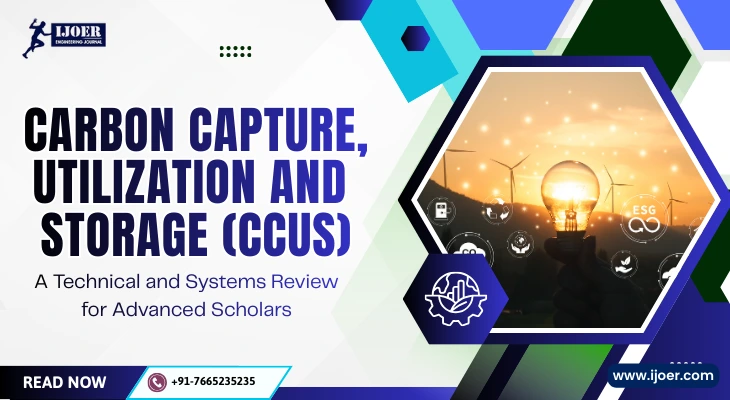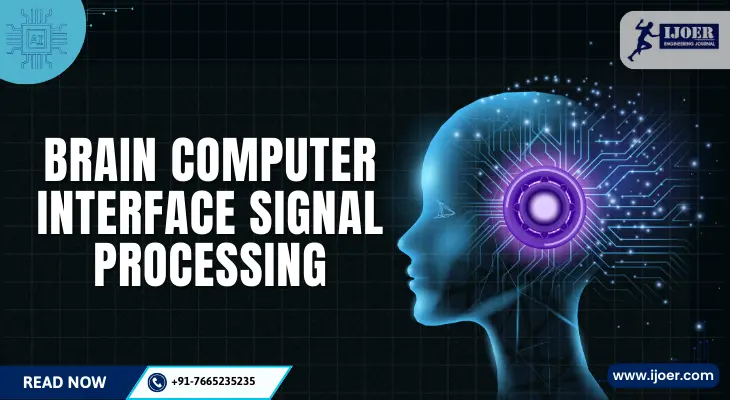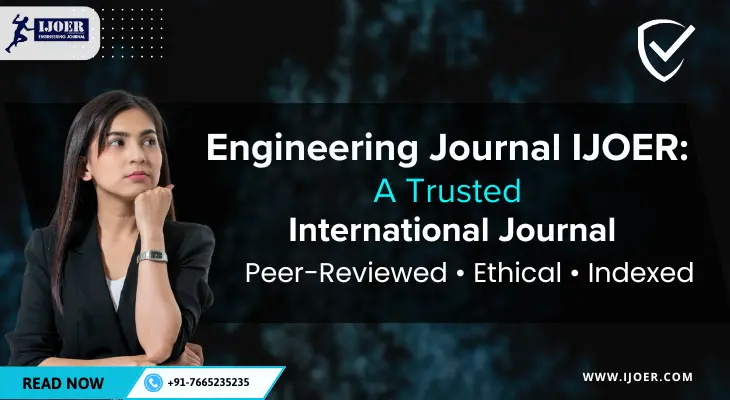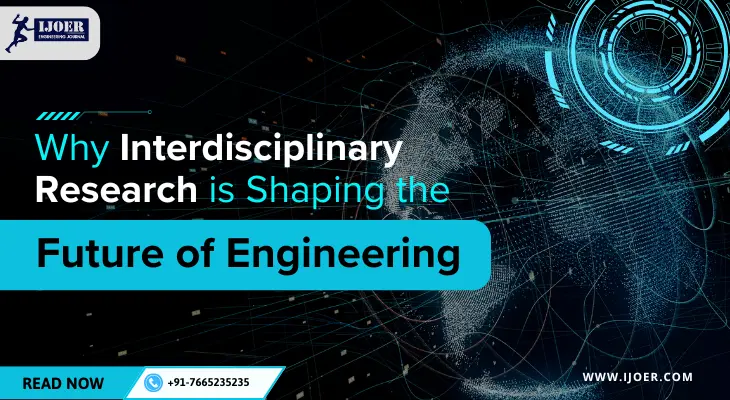
Carbon Capture, Utilization and Storage (CCUS) is a critical pathway for deep decarbonization. This advanced review examines capture technologies, utilization routes, and storage mechanisms through a systems lens, addressing efficiency, scalability, techno-economic trade-offs, and integration challenges in energy and industrial infrastructures for climate mitigation.
Read More
Engineering students need practical software skills to succeed academically and professionally. This blog highlights essential tools for coding, design, simulation, data analysis, and collaboration, helping students build industry-relevant competencies, improve project efficiency, and prepare for real-world engineering challenges across disciplines.
Read More
Brain–computer interface signal processing enables direct communication between neural activity and machines. This research-oriented guide covers foundational concepts, signal acquisition, preprocessing, feature extraction, and advanced decoding methods, highlighting current challenges and emerging research directions shaping the future of neuroengineering, assistive technologies, and human–machine interaction.
Read More
Swarm robotics uses collective intelligence and decentralized decision-making to solve complex tasks efficiently. Inspired by nature, these robot swarms offer scalability, adaptability, and resilience across sectors ranging from disaster response to agriculture and logistics. This blog explores their working principles, applications, and future potential.
Read More
Digital Twins are revolutionizing engineering by creating real-time digital replicas of physical assets. They help engineers simulate performance, monitor systems remotely, and use predictive maintenance to reduce downtime and optimize operations. From smart factories to infrastructure, digital twins enable faster decisions, improved efficiency, and future-ready industrial automation.
Read More
Cyber-Physical Systems (CPS) form the foundation of Industry 4.0, connecting physical processes with digital intelligence. By integrating IoT, AI, and cloud technologies, CPS enable real-time monitoring, predictive maintenance, and automation across industries, leading to smarter, safer, and more efficient manufacturing environments.
Read More
Next-generation batteries are reshaping the future of energy storage with smarter, greener, and more powerful designs. From solid-state and sodium-ion innovations to AI-powered management systems, these breakthroughs promise safer, efficient, and sustainable power solutions driving electric mobility and renewable energy progress worldwide.
Read More
The future of English Literature and Cultural Studies research is being shaped by digital tools, interdisciplinary approaches, and global perspectives. From AI-driven analysis to postcolonial studies, scholars are redefining methodologies and exploring new horizons. This blog highlights key trends, challenges, and opportunities for the next generation of researchers.
Read More
Self-healing smart concrete is transforming construction by repairing cracks automatically using bacteria, microcapsules, shape-memory materials, or autogenous healing. These methods improve durability, cut maintenance costs, and boost sustainability in infrastructure projects. From bridges and tunnels to earthquake-resistant buildings, self-healing concrete ensures safer, longer-lasting, and eco-friendly construction solutions for the future.
Read More
Smart materials are transforming construction by making infrastructure more durable, sustainable, and energy-efficient. From self-healing concrete and piezoelectric pavements to earthquake-resistant buildings and smart pipelines, these innovations promise safer cities and greener futures. This blog explores their applications, benefits, and real-world projects shaping the next era of construction.
Read More
The International Journal of Engineering Research and Science (IJOER) is a peer-reviewed, indexed, and ethical publishing platform dedicated to advancing global engineering research. Unlike predatory journals, IJOER maintains strict editorial standards, transparent peer review, and a strong commitment to academic integrity, making it a trusted choice for researchers worldwide.
Read More
Interdisciplinary research is reshaping modern engineering by bridging fields like AI, biomedical sciences, sustainability, and quantum technologies. This blog explores its benefits, challenges, case studies from leading institutes, funding opportunities, and strategies for collaboration—highlighting how breaking silos fosters innovation, impactful publications, and real-world solutions across academia and industry.
Read More